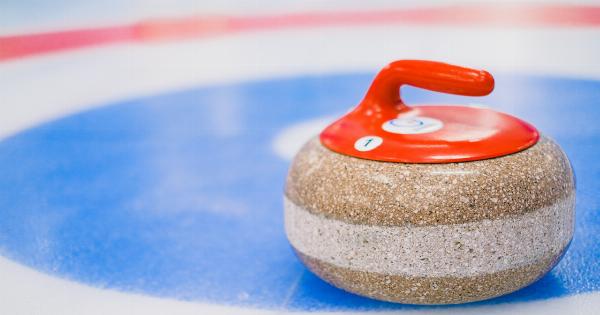Tattoos have become increasingly popular in recent years, but as tastes and preferences change, many individuals find themselves wanting to remove their tattoos.
Fortunately, there are several methods available for tattoo removal, each with varying success rates. In this article, we will explore the different ways to remove tattoos and discuss their success rates.
Laser Tattoo Removal
Laser tattoo removal is currently the most popular and effective method for removing tattoos.
It works by using high-intensity laser beams to break down the tattoo ink into smaller particles that can be naturally eliminated by the body’s immune system. The success rate of laser tattoo removal largely depends on various factors such as tattoo size, ink colors, depth, and the individual’s skin type.
Cryosurgery
Cryosurgery, also known as freezing, involves the use of extreme cold temperatures to destroy the tattoo ink. This method is primarily used for small tattoos and is generally less effective than laser tattoo removal.
The success rate can vary depending on the size and color of the tattoo, as well as the skill and experience of the dermatologist performing the procedure.
Dermabrasion
Dermabrasion is a technique that involves removing the top layers of the skin using a high-speed rotary device or abrasive materials. This method is commonly used for tattoo removal, especially for older or faded tattoos.
However, dermabrasion may not completely remove the tattoo ink, and multiple treatments may be required to achieve the desired results.
Salabrasion
Salabrasion is an ancient tattoo removal technique that involves rubbing a saltwater solution onto the tattooed area while using an abrasive tool to scrub off the tattoo ink.
While it may be a cost-effective option, salabrasion is generally considered less successful compared to other modern tattoo removal methods. The success rate can heavily depend on the size, location, and depth of the tattoo.
Excision
Excision involves surgically removing the tattooed skin and closing the wound with stitches. This method is most suitable for small tattoos and can be an effective way to remove them completely.
However, excision may leave a scar, and the success rate can vary depending on the size, color, and location of the tattoo, as well as the expertise of the surgeon.
Intense Pulsed Light (IPL) Therapy
IPL therapy, also known as photorejuvenation or photofacial, uses broad-spectrum light pulses to target and break down the tattoo ink.
While IPL therapy has shown promising results for certain skin conditions, its success rate for tattoo removal is generally lower compared to laser tattoo removal. The effectiveness can be influenced by various factors like tattoo color, age, and individual skin response.
Chemical Peels
Chemical peels involve applying a solution to the skin, which causes the top layers to peel off, eventually eliminating the tattoo ink.
However, chemical peels are generally more effective for mild to moderate tattoo removal and may not completely remove deeply embedded ink. Success rates can vary depending on the concentration and type of solution used, as well as the tattoo’s characteristics.
Home Remedies and Creams
There are numerous home remedies and tattoo removal creams available on the market, claiming to fade or remove tattoos. However, the success rate of these methods is often questionable.
Many home remedies and creams have not been scientifically proven to be effective in tattoo removal and, in some cases, may cause adverse reactions or skin damage.
Surgical Tattoo Removal
Surgical tattoo removal involves cutting out the tattooed skin and then carefully stitching the remaining skin back together. This method is usually reserved as a last resort for cases where other removal methods have failed or are not suitable.
The success rate can vary depending on various factors, including tattoo size, location, and the surgical skills of the plastic surgeon.
Combination Treatments
In some cases, combining multiple tattoo removal methods may offer better results than using a single technique alone. For example, combining laser tattoo removal with dermabrasion or chemical peels may enhance the effectiveness of the removal process.
The success rates of combination treatments can be influenced by various factors, including the expertise of the professionals performing the procedures and the individual’s skin response.
Conclusion
Removing tattoos is a multi-faceted process, and the success rates can vary significantly depending on the chosen method, individual factors, and the tattoo itself.
Laser tattoo removal remains the most popular and successful method, but it may not always produce complete removal, especially for certain ink colors. It is essential to consult with a qualified professional to discuss the most suitable tattoo removal method for your specific situation.






























